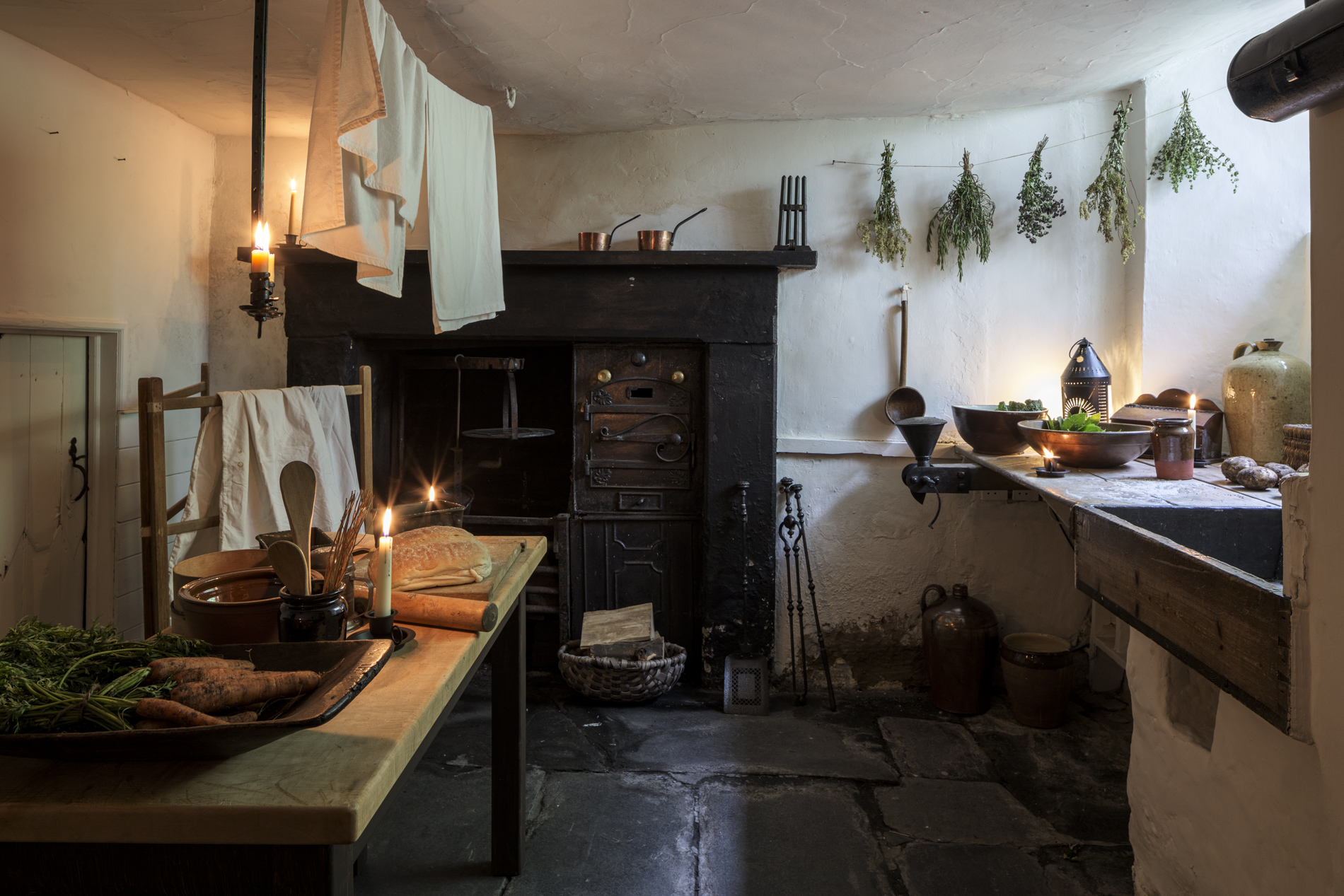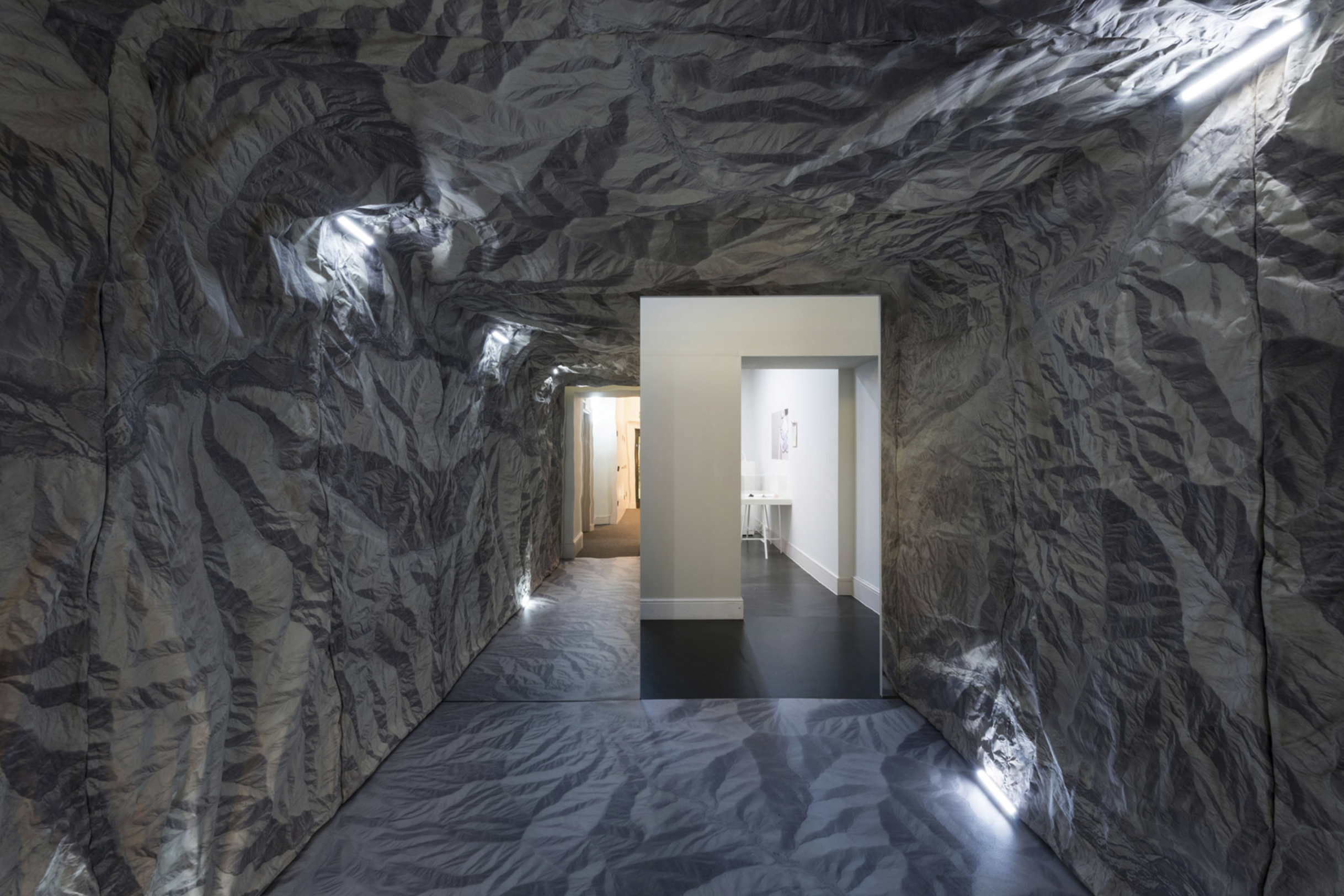Brilliant Biophilia: Exploring the Power of Plants in the Museum of the Future

This article was first published by The Journal of Biophilic Design in issue eleven
Research suggests that being surrounded by nature can boost our health and wellbeing, so why are museums and galleries so slow to embrace the movement to bring nature indoors?
There are an overwhelming number of studies which extoll the virtues of access to nature in improving our health, from studies that highlight the power of plants in reducing blood pressure, fatigue and even pain in post-operative patients to the role of biophilic design in making us more productive in the office. Views of nature and even the humble pot plant can improve our mental health, giving us fresher air to breathe and putting us in a better mood, but rarely do we see cultural institutions embracing the benefits for both their staff and their visitors.
The word biophilia comes from the Greek term for a love of life or living things, but in recent years this term has been used by the design community to refer to the insertion of the colours, textures and shapes of nature into the built environment. From the world of workplace design to the hospitality and interior design sectors, embracing biophilic design and bringing the outside in has been an enduring trend in recent years.

But museums seem to have stood apart, not appearing to welcome the wave of biophilic design that has ushered in an era of more natural and organic spaces. Instead, nature is almost considered a niche interest in the museum world, left to botanic gardens or natural history museums to come to terms with. But with competition to engage the best staff and the highest number of visitors, should museums reconsider their position on bringing nature into the heart of their exhibitions?
Outside of the museum world, other cultural institutions have shown signs of embracing the wellbeing and interpretive opportunities of nature and art. Botanical gardens across the UK have launched collaborations with artists, bringing new audiences into the fold and creating new opportunities to engage with nature. Kew Garden’s Queer Ecologies exhibition featured a commission by artist Jeffery Gibson, utilising previously unseen botanical drawings alongside text and intricate patterns to explore the artist’s own perspective on the relationship between nature and queerness as a man of Choctaw-Cherokee heritage.
Exhibitions such as this which fuse plant life with artwork are increasingly common, as artists are drawn towards exploring topics such as climate change and institutions recognise the role of artistic storytelling in bringing their interpretation to life. From the living artwork of artist duo Ackroyd and Harvey and poet Ben Okri exhibited in the Turbine Hall at Tate Modern, to Hito Steyerl’s living installation Green Screen in the recent Dear Earth exhibition at the Hayward Gallery, it is now not at all unusual to see large contemporary galleries welcoming plant life into their hallowed halls.

But museums still lag behind when it comes to integrating biophilic design into their environments. Questions about the upkeep of plants and their tendency to encourage pests, as well as concerns around lending agreements which prohibit the positioning of plants near objects are genuine concerns, asking difficult questions about conservation and care. For many organisations these hurdles result in a blanket ban on the use of plants within the premises, suggesting that, for these institutions, the risk to objects outweigh the benefits of investigating innovative solutions.
However, these concerns are not insurmountable and the research suggests that plant-filled museums could help deepen the engagement of visitors, helping them concentrate on exhibitions for longer and making them happier – a sure sign that they are likely to return. Additionally, if galleries such as the Tate Modern are able to embrace plant life without risking their valuable collections, other museums too can look to follow suit.
Some museums have skirted the challenge by investing in their outdoor spaces. The Natural History Museum’s soon-to-reopen Evolution Garden is a great example, reflecting the acknowledgement that garden spaces are beneficial to the visitor experience and can offer space for reflection as well as learning.
But how would you feel as a natural history enthusiast if you were able to encounter the bones of a long-extinct animal within the foliage that helped camouflage it? Plants offer opportunities for immersion in museums, offering a sense of real atmosphere without the saddening sight of painted backgrounds and plastic grasses. Opening up garden spaces is a positive a first step, but museums could also reconsider their defensive stance on bringing plants indoors.
On the other hand, there are some signs that fears around the invasion of pests are starting to thaw. Artist Tomás Saraceno’s work, which celebrates the natural beauty of spiders’ webs, encouraged the Rijksmuseum to dial back their cleaning habits, allowing them to embrace the critters that already inhabited the museum for the duration of the exhibition. Whilst it took some persuading, spiders were allowed to spin their webs unchecked across the museum, without any harm to the historic collection that the museum holds.
Whilst spider-art may not be everyone’s cup of tea, this experiment in multi-species artistry highlights how outdated some of the panic around insects entering the museum really is. By embracing new attitudes and reconsidering their position, the Rijksmuseum were able to play host to an exciting and engaging exhibition without any consequential damage to their collections.

So, if the Rijksmuseum can embrace being overrun by spiders, then perhaps other museums can start to image new possibilities, if not for the sake of their visitors then for the wellbeing of their workforce? Whilst care does need to be taken over historic collections, there is still room within this scope for experimentation and new approaches.
For an up-and-coming exhibition designed by Nissen Richards Studio, we are working with the venue’s talented gardening team to use plants within the exhibition, with the plants able to be re-housed afterwards, meaning no cut stems. Utilising in-house knowledge and plants grown locally can create vibrant exhibitions and build relationships between curatorial and gardening teams, allowing for the cross-pollination of new ideas.
The power of plants is currently under-appreciated in museum contexts and outdated thinking prevents people from seeing a new way forward, but change is creeping up on museums and attitudes are beginning to shift, opening up opportunities for the museum to become healthier, happier and more resonant environments.
Reference List
- Ackroyd and Harvey, “On the Shore”. n.d. Web. Accessed 9th July 2024. https://www.ackroydandharvey.com/ackroyd-harvey-and-ben-okri/
- Adams, Geraldine. “Call of the Wild”. Museums Association. 28th May 2023. Web. Accessed 9th July 2024. https://www.museumsassociation.org/museums-journal/features/2023/05/call-of-the-wild/
- Southbank Centre. “5 things to know about Dear Earth at the Hayward”. 14 June 2023. Web. Accessed 9th July 2024. https://www.southbankcentre.co.uk/blog/articles/5-things-to-know-about-dear-earth-hayward-gallery
- Royal Horticultural Society. “Houseplants: to support human health”. n.d. Web. Accessed 9th July 2024. https://www.rhs.org.uk/plants/types/houseplants/for-human-health
- Kew Gardens, “Kew celebrates Queer Nature with new festival this autumn”. n.d. Web. Accessed 9thJuly 2024. https://www.kew.org/about-us/press-media/queer-nature-info


